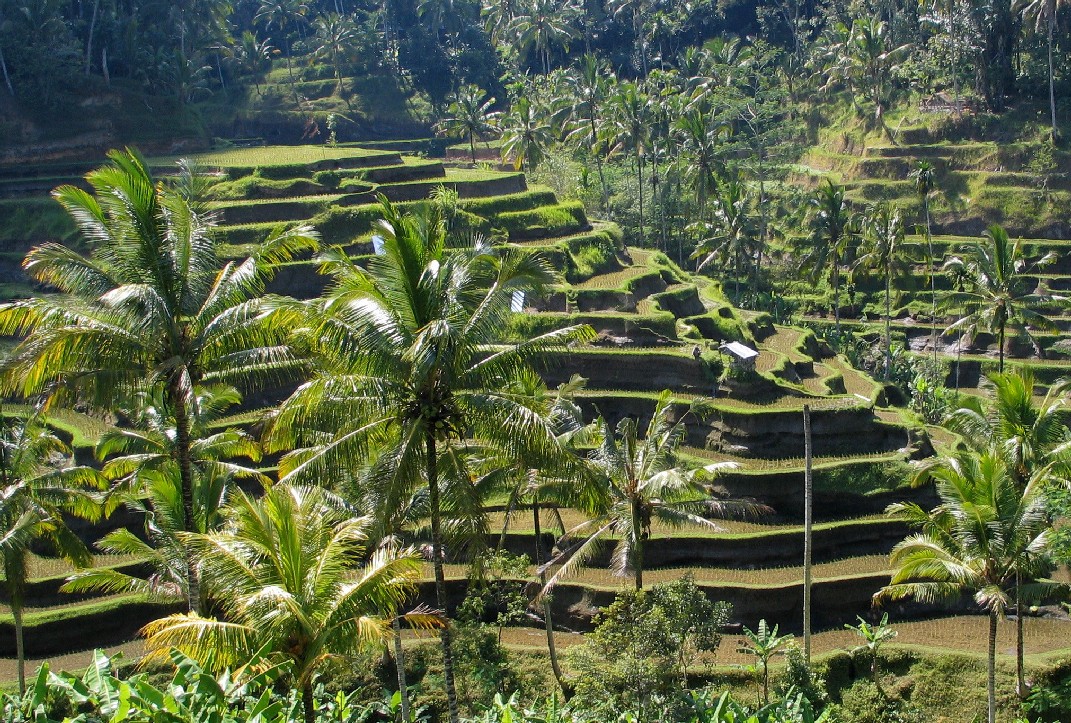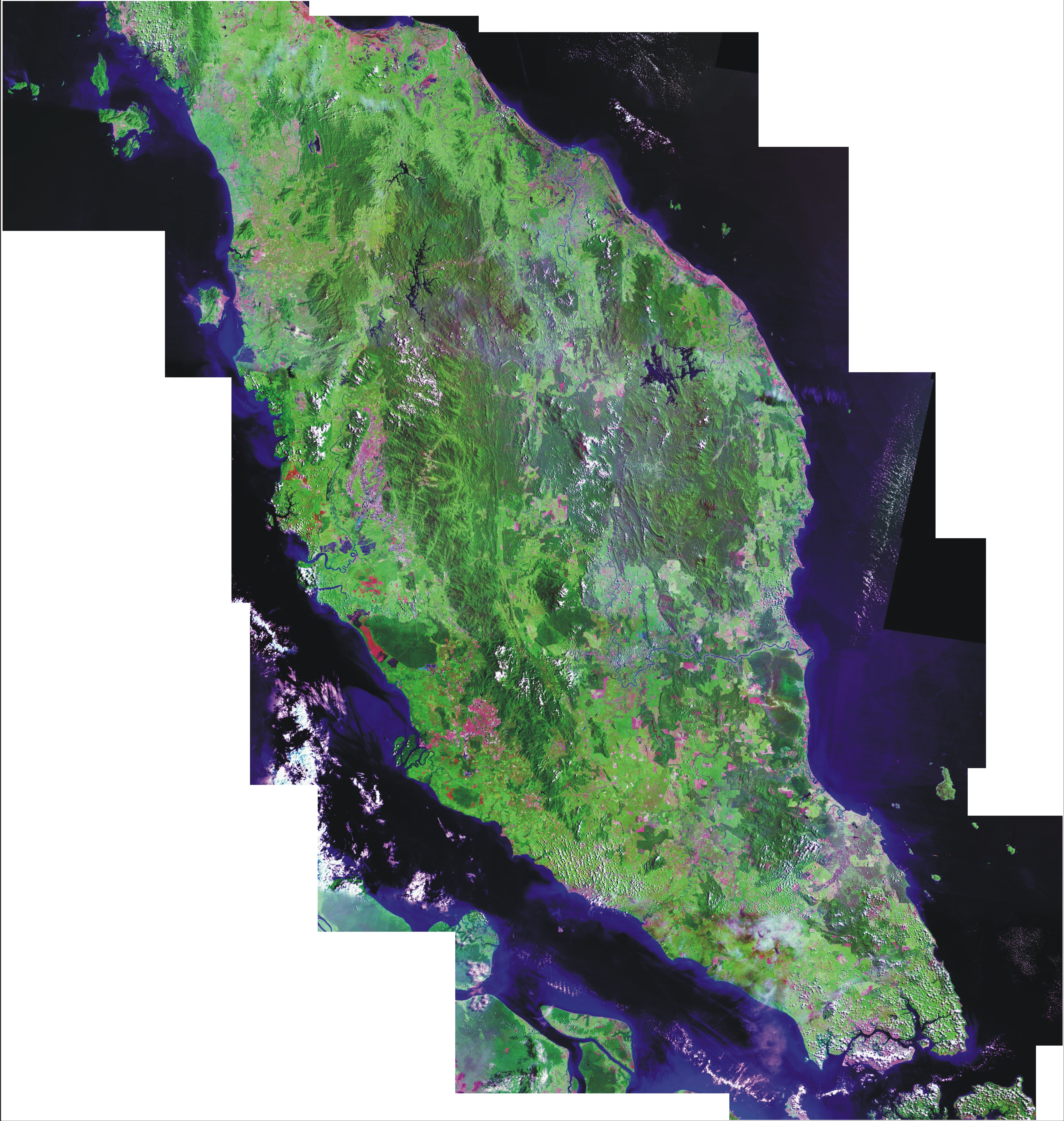|
Spiralisigna Minutissima
''Spiralisigna minutissima'' is a moth in the family Geometridae first described by Charles Swinhoe in 1902. It is found on Sumbawa, Bali, Peninsular Malaysia, Borneo and the Philippines. The larvae feed on ''Flacourtia ''Flacourtia'' is a genus of flowering plants in the family Salicaceae. It was previously placed in the now defunct family Flacourtiaceae. The generic name honors Étienne de Flacourt (1607–1660), a governor of Madagascar. It contains 15 s ...'' species. References Moths described in 1902 Eupitheciini {{Eupitheciini-stub ... [...More Info...] [...Related Items...] OR: [Wikipedia] [Google] [Baidu] |
Charles Swinhoe
Colonel Charles Swinhoe (27 August 1838, in CalcuttaAlthough many published sources give 1836, the India Office Records note it as 1838 (), the other year being that of his brother Robert. – 2 December 1923) was an English naturalist and lepidopterist, who served in the British Army in India. He was one of the eight founders of the Bombay Natural History Society and a brother of the famous naturalist Robert Swinhoe. Swinhoe was commissioned ensign in the 56th Regiment of Foot without purchase in 1855, serving in the Crimea and reaching India after the 1857 Mutiny. He exchanged into a lieutenancy in the 15th Foot without purchase in 1858 and returned to the 56th Foot in 1859, transferring to the Bombay Staff Corps later the same year. He was at Kandahar with Lord Roberts in 1880, and collected 341 birds there and on the march back to India. These were described in ''The Ibis'' (1882: 95-126). He was promoted lieutenant-colonel in 1881 and colonel in 1885. Swinhoe was a ... [...More Info...] [...Related Items...] OR: [Wikipedia] [Google] [Baidu] |
Moth
Moths are a paraphyletic group of insects that includes all members of the order Lepidoptera that are not butterflies, with moths making up the vast majority of the order. There are thought to be approximately 160,000 species of moth, many of which have yet to be described. Most species of moth are nocturnal, but there are also crepuscular and diurnal species. Differences between butterflies and moths While the butterflies form a monophyletic group, the moths, comprising the rest of the Lepidoptera, do not. Many attempts have been made to group the superfamilies of the Lepidoptera into natural groups, most of which fail because one of the two groups is not monophyletic: Microlepidoptera and Macrolepidoptera, Heterocera and Rhopalocera, Jugatae and Frenatae, Monotrysia and Ditrysia.Scoble, MJ 1995. The Lepidoptera: Form, function and diversity. Oxford, UK: Oxford University Press; 404 p. Although the rules for distinguishing moths from butterflies are not well est ... [...More Info...] [...Related Items...] OR: [Wikipedia] [Google] [Baidu] |
Geometridae
The geometer moths are moths belonging to the family Geometridae of the insect order Lepidoptera, the moths and butterflies. Their scientific name derives from the Ancient Greek ''geo'' γεω (derivative form of or "the earth"), and ''metron'' "measure" in reference to the way their larvae, or inchworms, appear to measure the earth as they move along in a looping fashion. A very large family, it has around 23,000 species of moths described, and over 1400 species from six subfamilies indigenous to North America alone. A well-known member is the peppered moth, ''Biston betularia'', which has been subject of numerous studies in population genetics. Several other geometer moths are notorious pests. Adults Many geometrids have slender abdomens and broad wings which are usually held flat with the hindwings visible. As such, they appear rather butterfly-like, but in most respects they are typical moths; the majority fly at night, they possess a frenulum to link the wings, and t ... [...More Info...] [...Related Items...] OR: [Wikipedia] [Google] [Baidu] |
Species Description
A species description is a formal description of a newly discovered species, usually in the form of a scientific paper. Its purpose is to give a clear description of a new species of organism and explain how it differs from species that have been described previously or are related. In order for species to be validly described, they need to follow guidelines established over time. Zoological naming requires adherence to the ICZN code, plants, the ICN, viruses ICTV, and so on. The species description often contains photographs or other illustrations of type material along with a note on where they are deposited. The publication in which the species is described gives the new species a formal scientific name. Some 1.9 million species have been identified and described, out of some 8.7 million that may actually exist. Millions more have become extinct throughout the existence of life on Earth. Naming process A name of a new species becomes valid (available in zo ... [...More Info...] [...Related Items...] OR: [Wikipedia] [Google] [Baidu] |
Sumbawa
Sumbawa is an Indonesian island, located in the middle of the Lesser Sunda Islands chain, with Lombok to the west, Flores to the east, and Sumba further to the southeast. Along with Lombok, it forms the province of West Nusa Tenggara, but there have been plans by the Indonesian government to split the island off into a separate province. Traditionally, the island is known as the source of sappanwood, as well as honey and sandalwood. Its savanna-like climate and vast grasslands are used to breed horses and cattle, as well as to hunt deer. Sumbawa has an area (including minor offshore islands) of (three times the size of Lombok) with a population (at the 2020 Census) of 1,561,461.Badan Pusat Statistik, Jakarta, 2021. It marks the boundary between the islands to the west, which were influenced by religion and culture spreading from India, and the region to the east that was less influenced. In particular this applies to both Hinduism and Islam. Etymology Sumbawa is a Portuguese ... [...More Info...] [...Related Items...] OR: [Wikipedia] [Google] [Baidu] |
Bali
Bali () is a province of Indonesia and the westernmost of the Lesser Sunda Islands. East of Java and west of Lombok, the province includes the island of Bali and a few smaller neighbouring islands, notably Nusa Penida, Nusa Lembongan, and Nusa Ceningan to the southeast. The provincial capital, Denpasar, is the List of Indonesian cities by population, most populous city in the Lesser Sunda Islands and the second-largest, after Makassar, in Eastern Indonesia. The upland town of Ubud in Greater Denpasar is considered Bali's cultural centre. The province is Indonesia's main tourist destination, with a significant rise in tourism since the 1980s. Tourism-related business makes up 80% of its economy. Bali is the only Hinduism in Indonesia, Hindu-majority province in Indonesia, with 86.9% of the population adhering to Balinese Hinduism. It is renowned for its highly developed arts, including traditional and modern dance, sculpture, painting, leather, metalworking, and music. The Ind ... [...More Info...] [...Related Items...] OR: [Wikipedia] [Google] [Baidu] |
Peninsular Malaysia
Peninsular Malaysia ( ms, Semenanjung Malaysia; Jawi: سمننجڠ مليسيا), or the States of Malaya ( ms, Negeri-negeri Tanah Melayu; Jawi: نڬري-نڬري تانه ملايو), also known as West Malaysia or the Malaysian Peninsula, is the part of Malaysia that occupies the southern half of the Malay Peninsula in Southeast Asia and the nearby islands. Its area totals , which is nearly 40% of the total area of the country; the other 60% is in East Malaysia. For comparison, it is slightly larger than England (130,395 km2). It shares a land border with Thailand to the north and a maritime border with Singapore to the south. Across the Strait of Malacca to the west lies the island of Sumatra, and across the South China Sea to the east lie the Natuna Islands of Indonesia. At its southern tip, across the Strait of Johor, lies the island country of Singapore. Peninsular Malaysia accounts for the majority (roughly 81.3%) of Malaysia's population and economy; as of 2 ... [...More Info...] [...Related Items...] OR: [Wikipedia] [Google] [Baidu] |
Borneo
Borneo (; id, Kalimantan) is the List of islands by area, third-largest island in the world and the largest in Asia. At the geographic centre of Maritime Southeast Asia, in relation to major Indonesian islands, it is located north of Java Island, Java, west of Sulawesi, and east of Sumatra. The list of divided islands, island is politically divided among three countries: Malaysia and Brunei in the north, and Indonesia to the south. Approximately 73% of the island is Indonesian territory. In the north, the East Malaysian states of Sabah and Sarawak make up about 26% of the island. The population in Borneo is 23,053,723 (2020 national censuses). Additionally, the Malaysian federal territory of Labuan is situated on a small island just off the coast of Borneo. The sovereign state of Brunei, located on the north coast, comprises about 1% of Borneo's land area. A little more than half of the island is in the Northern Hemisphere, including Brunei and the Malaysian portion, while the ... [...More Info...] [...Related Items...] OR: [Wikipedia] [Google] [Baidu] |
Philippines
The Philippines (; fil, Pilipinas, links=no), officially the Republic of the Philippines ( fil, Republika ng Pilipinas, links=no), * bik, Republika kan Filipinas * ceb, Republika sa Pilipinas * cbk, República de Filipinas * hil, Republika sang Filipinas * ibg, Republika nat Filipinas * ilo, Republika ti Filipinas * ivv, Republika nu Filipinas * pam, Republika ning Filipinas * krj, Republika kang Pilipinas * mdh, Republika nu Pilipinas * mrw, Republika a Pilipinas * pag, Republika na Filipinas * xsb, Republika nin Pilipinas * sgd, Republika nan Pilipinas * tgl, Republika ng Pilipinas * tsg, Republika sin Pilipinas * war, Republika han Pilipinas * yka, Republika si Pilipinas In the recognized optional languages of the Philippines: * es, República de las Filipinas * ar, جمهورية الفلبين, Jumhūriyyat al-Filibbīn is an archipelagic state, archipelagic country in Southeast Asia. It is situated in the western Pacific Ocean and consists of aro ... [...More Info...] [...Related Items...] OR: [Wikipedia] [Google] [Baidu] |
Flacourtia
''Flacourtia'' is a genus of flowering plants in the family Salicaceae. It was previously placed in the now defunct family Flacourtiaceae. The generic name honors Étienne de Flacourt (1607–1660), a governor of Madagascar. It contains 15 species of shrubs and small trees that are native to the African and Asian tropics and subtropics The subtropical zones or subtropics are geographical and climate zones to the north and south of the tropics. Geographically part of the temperate zones of both hemispheres, they cover the middle latitudes from to approximately 35° north and .... Several species, especially '' F. indica'', are cultivated as ornamentals and for their fruits. The trunks of small trees are often guarded by branching spines. Selected species * '' Flacourtia indica'' (Burm.f.) Merr. (southern Asia, Madagascar) * '' Flacourtia inermis'' Roxb.; Batoko plum * '' Flacourtia jangomas'' (Lour.) Raeusch. – Indian coffee plum ( Tropical Asia) * '' Fl ... [...More Info...] [...Related Items...] OR: [Wikipedia] [Google] [Baidu] |
Moths Described In 1902
Moths are a paraphyletic group of insects that includes all members of the order Lepidoptera that are not butterflies, with moths making up the vast majority of the order. There are thought to be approximately 160,000 species of moth, many of which have yet to be described. Most species of moth are nocturnal, but there are also crepuscular and diurnal species. Differences between butterflies and moths While the butterflies form a monophyletic group, the moths, comprising the rest of the Lepidoptera, do not. Many attempts have been made to group the superfamilies of the Lepidoptera into natural groups, most of which fail because one of the two groups is not monophyletic: Microlepidoptera and Macrolepidoptera, Heterocera and Rhopalocera, Jugatae and Frenatae, Monotrysia and Ditrysia.Scoble, MJ 1995. The Lepidoptera: Form, function and diversity. Oxford, UK: Oxford University Press; 404 p. Although the rules for distinguishing moths from butterflies are not well establishe ... [...More Info...] [...Related Items...] OR: [Wikipedia] [Google] [Baidu] |

_caterpillar_-2.jpg)





